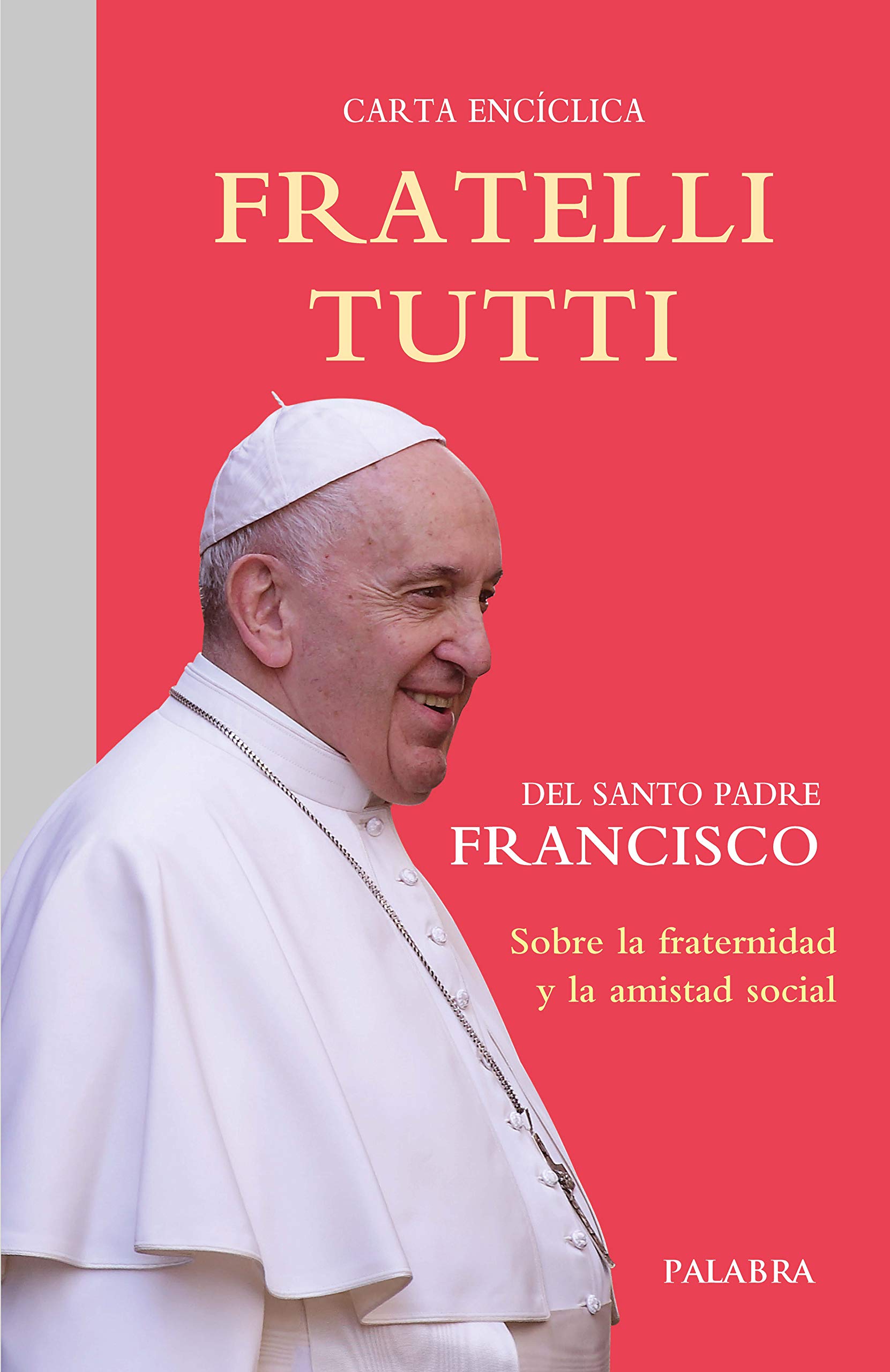Lesson 15: Electronic Separation (Online Communion)
 I expect we all know life after the pandemic will feature a lot more electronic communication. Zoom is here to stay. I reluctantly have come to accept this after sharing conversations with my sons-in-law while we vacationed together. Both pastor very fine Lutheran congregations and are preparing for a different kind of ministry.
I expect we all know life after the pandemic will feature a lot more electronic communication. Zoom is here to stay. I reluctantly have come to accept this after sharing conversations with my sons-in-law while we vacationed together. Both pastor very fine Lutheran congregations and are preparing for a different kind of ministry.
People are already asking them to continue live-streaming and recording their services. Some suggest they might use the platform when they just don’t feel like getting dressed Sunday morning. However, others never previously attended Church. These two pastors report they have a greater attendance online than they had formerly in their buildings, and some of those are people who had never before been affiliated with a church body. It would be irresponsible to abandon the electronic service that has become an unexpected evangelism tool.
My sons-in-laws’ thinking goes along with Lupe’s call for recognizing that, if we are to be our sisters’ keeper, we have to use the tools available in the present situation. The two pastors believe whether we like it or not, those tools have changed.
This means we need to understand how electronic media works, one of my projects for several decades. A couple weeks ago, John mentioned two problems that have resulted from our reliance on electronic devices. The first was the loneliness as people withdraw from bodily-present communication and retreat into themselves. It easy to appreciate this scenario during the pandemic. The second was the loss of deep thought as so much is reduced to one mode- the visual. This type of electronic separation calls for more thought.
My son’s and my study of how liturgical churches have celebrated the Communion meal during the pandemic illustrates this. Almost overnight, pastors were forced to take worship online. Just about everyone who offered the sacrament weekly declared a short-term fast. After four months, most began offering some form of online Communion.
Most theologians had previously argued it is impossible to celebrate the Communion electronically. Indeed, my son and I had used that argument when examining the limitations of technological communication, claiming you have to be bodily present to share a meal. Now everybody is doing it.
One of the seemingly contradictory characteristics of technology becomes evident. On the one hand, it allows churches to overcome the physical separation experienced in the pandemic. On the other, it still clearly maintains separation. No matter what the format, people are not sharing the same food around the same table.
Who knows what the future holds? Electronic participation in a communion meal should remain an exception available to shut-ins, those on vacation, and others for a variety of good reasons. However, gathering in person has to be regarded as the norm, because it presents a full expression of unconditional commitment and care.
Being fully present to one another also addresses John’s concern about reducing everything to the visual. We saw the problem when Donald Trump held up a Bible in front of St John Episcopal Church. When he offered only image and no words, he invited chaos. People could interpret the event any way they pleased. When you place the image in the context of a narrative about violently clearing Lafayette Park of Black Lives Matters demonstrators, it deteriorates into nothing but a crass political photo-op having nothing to do with Christianity. Of course, if you read the image into another political narrative, it makes Trump into God’s messiah.
Martin Luther addressed this when he observed bread and wine are only bread and wine unless accompanied by God’s Word. They mean nothing unless placed in the narrative of Jesus’ Last Supper and the promise of the feast to come with God. Bread and wine alone are simply image and make the meal magic. With God’s Word, they offer meaning and purpose to our lives. More about this later.

 Frontline Study is an online discussion of the scriptures, inviting you to share your comments and your reflections on each weekly topic. Simply click on the "Add Reply" text at the top of each post to see what others have posted and to add your thoughts.
Frontline Study is an online discussion of the scriptures, inviting you to share your comments and your reflections on each weekly topic. Simply click on the "Add Reply" text at the top of each post to see what others have posted and to add your thoughts.
I received a lot of replies expressing a variety of opinions about celebrating online Communion. All seemed to appreciate the experience is going to change church life in the future. Relevant to that, I watched an online baptismal service this morning. The father, mother, child, and godparents gathered around the baptismal font in the nave. The pastor officiated from his home. The father poured the water. The godmother lighted the candle. This recorded service was shown on the Sunday live-stream. The pastor presiding responded with “It’s a brave new world!”
The best site I found for online Communion preparation ishttps://abidingpresence.net/eucharist-in-extraordinary-times I think the feminine touch is important.